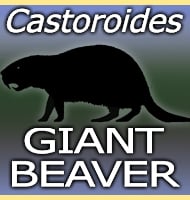Barbaridactylus
In Depth Barbaridactylus is a genus of pterosaur that lived in North Africa during the late Cretaceous. Barbaridactylus has been identified as a nyctosauird pterosaur, a kind usually associated with coastal areas and hunting for fish. Further Reading - Late Maastrichtian pterosaurs from North Africa and mass extinction of Pterosauria at the Cretaceous-Paleogene boundary. - … Read more
